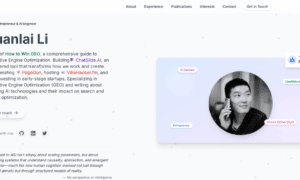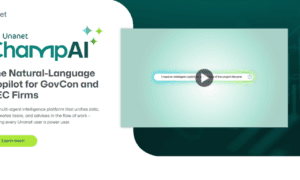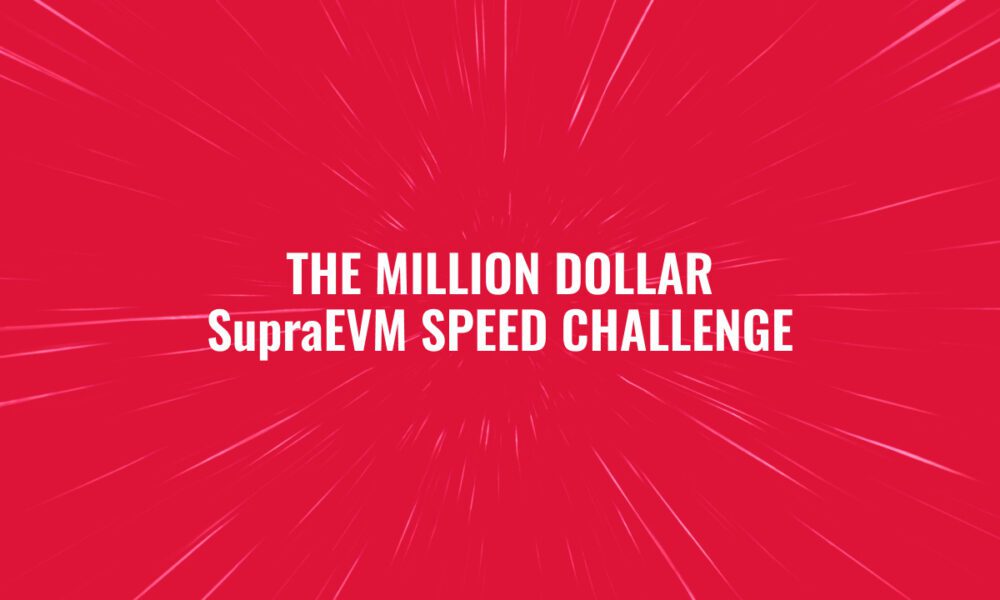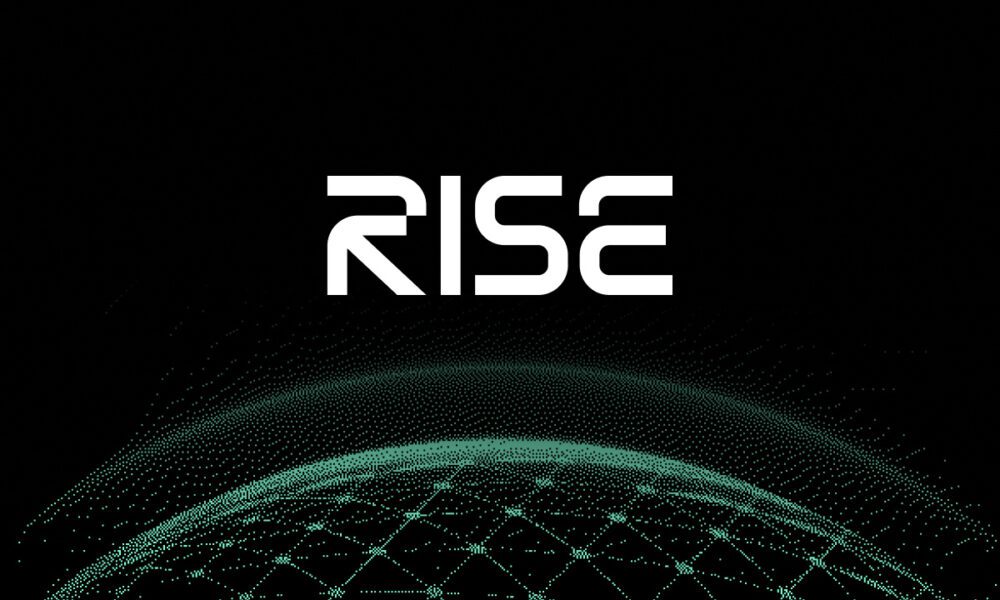Between 2016 and early 2018, financial institutions, media companies, and large data-centric enterprises were confronting a combination of operational and regulatory pressures that forced a reassessment of long-standing information systems. The adoption of distributed architectures, cloud platforms, and governance frameworks was accelerating, but reliable guidance on how to implement these technologies in regulated environments was still emerging. Among the engineers contributing to this evolving conversation was Sudhir Vishnubhatla, whose publications during this period appeared in industry-focused technical outlets. His work presented structured methods for modernizing pipelines, securing distributed systems, and evaluating cloud migration strategies in organizations with significant compliance obligations.
During these years, Sudhir held engineering roles with Nielsen Media Research and RHP Soft in the United States. His career involved hands-on work with large-scale data pipelines, workflow orchestration engines, cloud-native infrastructure, and document-driven applications. This experience directly informed the challenges he addressed in his publications. Rather than approaching modernization from an abstract position, his work drew from practical issues involving legacy systems, high-throughput workloads, operational bottlenecks, and regulatory constraints that governed data handling in these industries.
Reassessing Data Pipelines for Modern Banking Needs (2016)
Sudhir’s 2016 article examined the architectural limitations of traditional ETL-based data pipelines and evaluated how early distributed frameworks could support more responsive and compliant banking operations. At a time when many financial institutions were beginning to adopt streaming or log-based systems, the article provided a detailed analysis of how microservices, event-driven ingestion, and cloud-native processing layers could coexist with established regulatory requirements.
According to Dr. Andrew Feldman, a professor of information systems with no affiliation to Sudhir or his employers, the article represented a measured shift in how practitioners were thinking about distributed architectures in financial contexts.
“Vishnubhatla’s work stood out because it did not treat banking as just another high-volume data domain. He consistently addressed how regulatory obligations would affect architectural decisions. That level of integration between technical and compliance considerations was not typical at the time.”
The analysis focused on the need for accuracy in event ordering, traceability of transformations, and consistency across data stores, which are essential for regulated institutions. It described how distributed logs and streaming engines could reduce latency and increase flexibility, while also outlining the dependency on governance mechanisms to maintain the integrity of financial reporting workflows.
Importantly, the article did not present these technologies as replacements for existing systems but as structured ways to support gradual modernization. This approach acknowledged the operational realities faced by many organizations where legacy systems cannot be removed quickly without risk.
A Structured Approach to Dual-Cloud Modernization (2017)
By 2017, many large enterprises were debating not just whether to move to the cloud, but how to distribute workloads across platforms for resilience, performance, and regulatory alignment. Sudhir’s article from late 2017 offered a formalized readiness framework for assessing dual-cloud strategies. It examined the suitability of different workloads for Amazon Web Services and Google Cloud Platform, emphasizing criteria such as data heterogeneity, operational maturity, compliance needs, and service affinities.
Marisa Doyle, a cloud strategy consultant commented on the relevance of this work to industry conversations at the time.
“What Vishnubhatla outlined was a realistic method for evaluating cloud placement. The idea of scoring workloads individually and acknowledging that some systems fit better on one platform than another was a practical approach. Many organizations later adopted similar frameworks.”
The article recognized that organizations often maintain archival data, metadata catalogs, search indexes, and workflow engines within the same ecosystem, yet these components have different functional and regulatory characteristics. Sudhir’s structured assessment model highlighted that adopting cloud services was not a single decision but a series of smaller, domain-specific evaluations.
The paper also emphasized the importance of operational coexistence. Rather than assuming a rapid transition to cloud-native systems, it outlined how hybrid environments might become long-term operational states. This perspective aligned with what many enterprises later experienced, as complex systems rarely migrate in a single phase and often require extended periods of parallel operation.
Security and Governance Integration in Distributed Systems (2018)
Sudhir’s 2018 publication addressed a growing need for integrated governance frameworks that could apply to distributed, cloud-enabled, and containerized systems. With the introduction of the General Data Protection Regulation and ongoing enforcement of standards like PCI DSS and BCBS 239, many organizations were reevaluating their approach to data protection, lineage, and auditability across increasingly complex pipelines.
The article mapped established governance principles to practical implementations in big-data environments. It emphasized that identity management, encryption, policy enforcement, and lineage tracking must be incorporated into system architecture rather than addressed after deployment. It also explored how containerized workloads introduce new security considerations, such as vulnerability scanning, registry controls, and orchestrator configuration, which must be handled through operational policy rather than only infrastructure settings.
Rohit Sen, a cybersecurity specialist, noted that the paper reflected broader shifts in how the industry viewed governance.
“Many organizations were treating governance as a separate function. Vishnubhatla’s approach placed it inside the architecture itself. That alignment between system design and compliance requirements was becoming necessary as distributed systems grew more complex.”
The article did not propose a single governance model but instead outlined how organizations could adapt existing frameworks to their specific operational and regulatory constraints. It also emphasized the value of continuous monitoring and automated enforcement, which would later become standard practices in DevSecOps and cloud-native security programs.
A Research Line Grounded in Practical Enterprise Realities
The three publications form a clear progression through some of the central challenges facing regulated and data-intensive organizations in the mid-2010s:
- Modernizing operational pipelines while preserving auditability
- Evaluating cloud services through workload-specific criteria
- Integrating governance and security across distributed systems
What connects these works is their focus on practical constraints faced by engineers and architects responsible for maintaining operational reliability while adopting emerging technologies. Sudhir’s emphasis on traceability, structured decision-making, transition planning, and governance alignment reflects the priorities of enterprises that must balance innovation with compliance.
Rather than promoting rapid transformation, the articles presented methods for incremental and controlled adoption. This perspective remains relevant as many organizations continue to operate hybrid systems, manage complex compliance requirements, and evaluate multi-cloud strategies.
Conclusion
By mid-2018, Sudhir Vishnubhatla’s contributions offered structured, context-aware methods for addressing technical and regulatory challenges associated with distributed data systems. His work approached modernization as a series of disciplined decisions rather than as a single large-scale shift. Independent experts note that this alignment between engineering practice and regulatory responsibility was becoming increasingly important during this period.
As organizations continue to refine their data platforms and security models, the themes addressed in Sudhir’s early publications remain central to ongoing enterprise transformation efforts. His work from 2016 through 2018 provides a snapshot of how engineers were beginning to integrate cloud capabilities, governance frameworks, and operational realities into cohesive approaches for modern data-driven systems





























